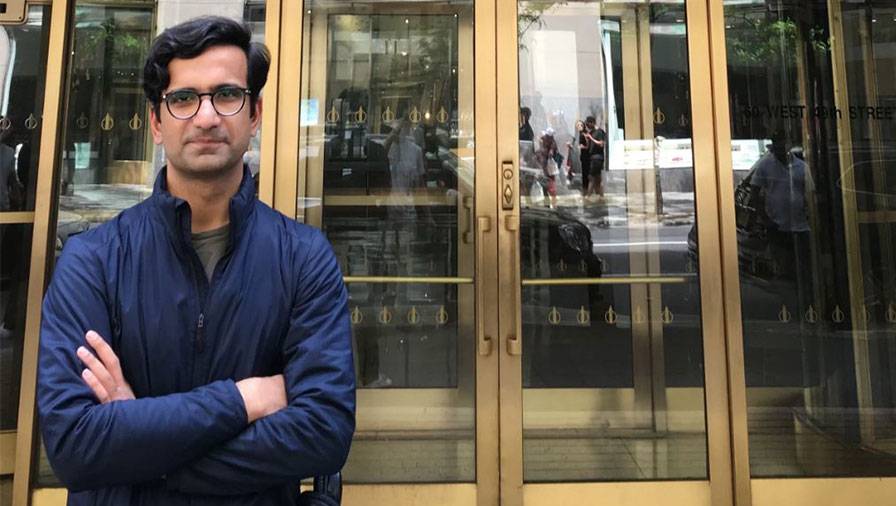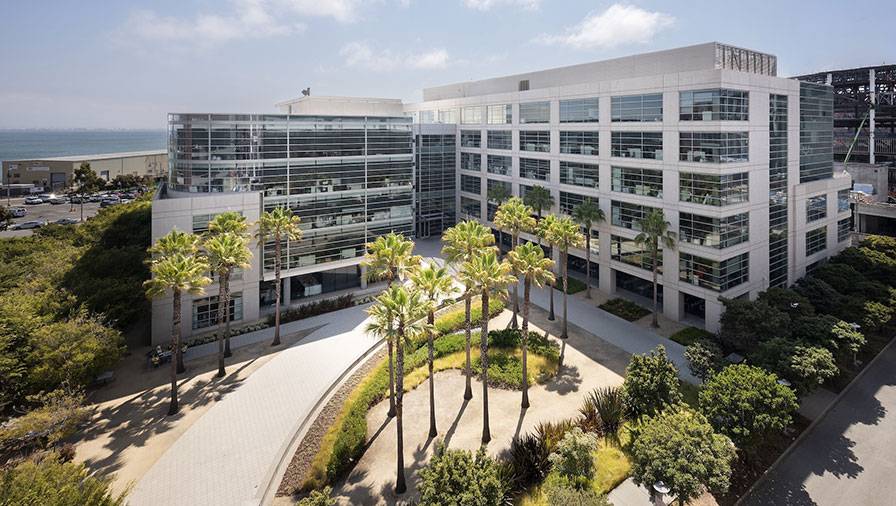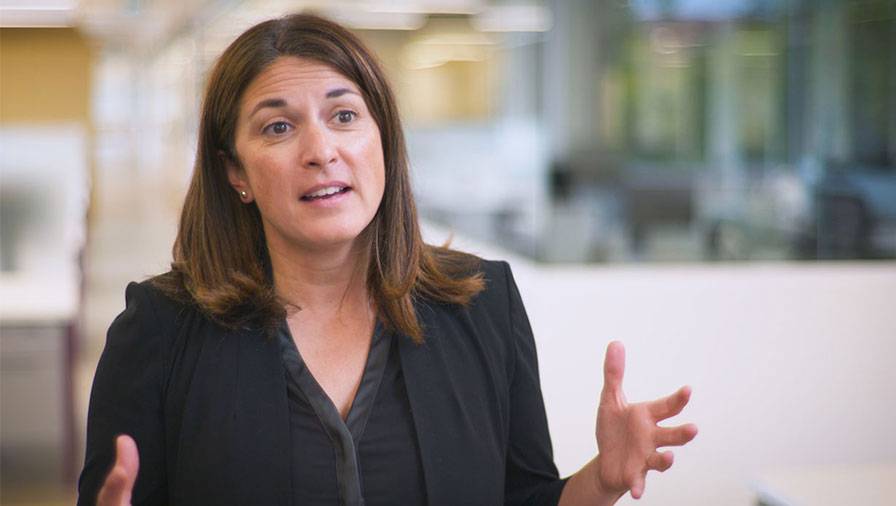Where to find the world’s next unicorns
The global contest for breakthrough technologies.
The global contest for breakthrough technologies.
Among the more sobering analytical pieces in the wake of President Donald Trump’s BBB (One Big Beautiful Bill Act) was that it will not deliver the hoped-for 4% annual growth in the United States economy.
The Economist succinctly noted that extending the tax cuts from Trump’s first term will not offer the fresh stimulus needed for faster growth; nor will the added burden of wider deficits and more debt. Interest rates are three times higher than when Trump last made tax cuts, and the debt, as discussed in last week’s review of Ray Dalio’s latest book, is reaching an unsustainable level.
Goldman Sachs, quoted by The Economist, reckons that if Congress postpones fiscal tightening for another decade, it may then need to cut spending or raise taxes by an annual 5.5% of GDP to stabilise debt-to-GDP.
“That is more than the austerity endured by the eurozone after its sovereign-debt crisis in the 2010s.”
Furthermore, The Economist said, the BBB ignored the foundations of America’s success. “[Trump] has renewed his attacks on the Fed [US Federal Reserve], adding another threat to economic stability. His defunding of scientific research will harm American innovation.”
That last statement is the theme of this week’s book, The New Geography of Innovation, by Mehran Gul, an Indian-born academic living in Switzerland. Gul is not concerned with other negative aspects of Trump’s tariff policies, which are the highest in a century.

Mehran Gul.
Nor is Gul writing about the decline in American assets when priced in foreign currencies, due to an 11% fall in the US dollar this year. But he does note that the role of the US as the major supplier of the world’s technological advances is being eclipsed rather than enhanced by Maga (make America great again) policies.
Much of this is due to China’s rise as a technology superpower, partly pushed by US policies that at first gave access to scientific advances but now deny it, thereby boosting the ‘Made in China 2025’ strategy adopted in 2015.
This has since been refined to Made in China 2.0 and is focused on three planks: AI (artificial intelligence) augmentation; green energy integration; and self-reliance in advanced manufacturing.
China now leads globally in electric vehicles, solar panels, and lithium-ion batteries. It is rapidly advancing in humanoid robotics and enterprise-grade AI systems. You might also add cashless payment systems, social media (ByteDance’s TikTok), and drones. BYD sells more EVs than Tesla and JDI sells more commercial drones than everyone else combined.
Gul’s purpose is to track the changing nature of global innovation, and the impact on the Sino-US duopoly. He does this through 200-odd interviews, more than half of them conducted in Europe, Asia, and Canada. These are the dozen or so countries other than the US or China that are producing globally relevant companies making things that touch the lives of billions of people every day.
“Some of these places, when adjusted for population size, are even more prolific at producing new tech than the two big tech rivals,” he notes.
Gul’s mission won him the Bracken Bower Prize for best business book proposal in 2024 by an author under the age of 35. It was first awarded in 2014 and is sponsored by the Financial Times and McKinsey. HarperCollins won the bid to publish the book in the British Commonwealth. Gul’s background includes degrees from Lahore University and then Yale, followed by work at the United Nations Industrial Development Organisation and the World Economic Forum.
In China, Gul talks to Ya-Qin Zhang – once head of Microsoft Asia Research, which played a key role in China’s rapid industrialisation – and its founder, Kaifu Lee, the Taiwanese entrepreneur and author of AI Superpowers (2018) and co-author of AI 2041 (2021).

Kaifu Lee.
“I think the state of the world is that brilliant new ideas still largely come from the United States, but the Chinese have a stronger work ethic, engineering discipline, executive capability, tenaciousness, and willingness to do whatever it takes, even if it’s boring, to build a successful final product,” Lee told Gu.
Lee, who has also worked for Google, Apple, and SGI, now runs his own venture fund, Sinovation. He likens America to the teacher and China as the precocious student who eventually outperforms the mentor. A few weeks after meeting Gul, Lee launched his own AI company, 01.AI, whose large-language model, Yi-Large, was rated by Stanford as the third most advanced in the world.
In the US, Gu was convinced talk of Silicon Valley’s decline was exaggerated. Its AI hub has moved north to San Francisco where Hayes Valley has the three largest AI companies – OpenAI, Anthropic, and Databricks – in a two-mile radius, with Y Combinator not far away.
Due to immigration and flexible labour laws, Silicon Valley can draw on the best talent from world’s pool of eight billion, while China has just one billion. The US tech giants also have unmatched scale and financial clout. Just six – Apple, Alphabet/Google, Amazon, Meta/Facebook, Microsoft, and Nvidia – are collectively worth more than all of China’s listed companies combined.

OpenAI’s new headquarters in San Francisco.
While the Chinese may work harder, Silicon Valley excels in its attitude toward risk and reward. Where a traditional investor’s biggest fear is losing money on a bad investment, a venture investor’s biggest fear is missing out on a good one. One of its successful funds, Bessemer, lists its ‘anti-portfolio’ (that is, missing investments) as Apple, Airbnb, Google, Facebook, Intel, PayPal, Snap, Zoom, and Tesla.
China, too, learned the lesson. Its tech giants, such as Baidu, Alibaba and Tencent, were funded by the Silicon Valley adage: “Try and fail, don’t fail to try.”
In looking outside China and the US, Gul finds different approaches to innovation in the UK, South Korea, Singapore, Germany, Switzerland, and Canada. All rank in the top 10 of the World Intellectual Property Organisation’s Global Innovation Index. Gu considers this heavily quantitative in its compilation and slanted towards Europe. China doesn’t rate in the top 10 because of its weak IP laws, for example. Israel is also absent.
But Europe is also Gu’s stamping ground, and he has handy summaries of why the UK has a growing number of unicorns – billion-dollar-value companies. These are not industry-dominant tech companies, and the biggest are owned by overseas interests such as Japan’s Softbank (Arm and Graphcore) and Google’s DeepMind.

Saul Klein.
Investor Saul Klein is enthusiastic about Silicon Valley’s “animal spirits” model but is suspicious of the mindset and mentality. He told Gul these are “actually dangerous and don’t take people into account”. He cites examples such as the Theranos fraud and the toxic culture at Uber.
Klein sees Europe’s opportunity as going beyond Silicon Valley to avoid the public backlash in the US towards surveillance capitalism and privacy concerns, or the state control that is embedded in China’s tech scene.
Europe can play a longer game by building a tech ecosystem that is profitable but is also sustainable in the long term and grounded in better value systems.
“I think it is going to be at least as powerful in the next 20 or 30 years as the Bay Area or Beijing – and possibly more because of the values,” Klein says.
Gul cites Switzerland as the smartest country in Europe, with 23 Nobel Prize winners in science, the world’s densest railway network, the best higher education system, the use of immigrant talent (as well as its diaspora), and large pharma industry. It’s also home to Cern, operator of the Large Hadron Collider.
Next-door Germany specialises in “deep tech rather than high tech” – a reference to hundreds of Mittelstand companies that employ fewer than 500 people but are the best in the world at what they do. “German companies prefer incremental over radical innovation,” an OECD economist observed.
Ironically, this has produced a country with a lot of 1% capitalist families while most households are among the poorest in Europe. One company, EOS, leads the world in 3D printing, but the expert German tunnelling companies lack scale. They have opened the door for the Chinese to dominate the world’s tunnel projects, including the CRL in Auckland.
Three chapters highlight unique strengths that have seen the rise of Samsung to the world’s largest industrial company and Amazon-like Coupang in Korea; Singapore’s plight of having too much government funding but not enough private sector to soak it up; and Canada’s pooling of resources from 24 universities into AI research and its application to the real world.

Mila chief executive Valerie Pisano.
Valerie Pisano, head of Mila, one of three AI institutes in a hub based at the University of Toronto, says Canada will never outspend the UK, US, or China, or be bigger or richer. Instead: “What we need is to be faster, we need to be smarter, we need to be more creative … The idea is we need to go about this differently and we need to be bold.”
Although Gul doesn’t say it, the secret sauce may be the anti-Trump recipe. Canada already has 25 unicorns and markets itself as a welcoming home to the diversity of the world’s best talent. An exodus from defunded American universities may be next.
The New Geography of Innovation, by Mehran Gul (William Collins).
Nevil Gibson is a former editor at large for NBR. He has contributed film and book reviews to various publications.
This is supplied content and not commissioned or paid for by NBR.
Sign up to get the latest stories and insights delivered to your inbox – free, every day.